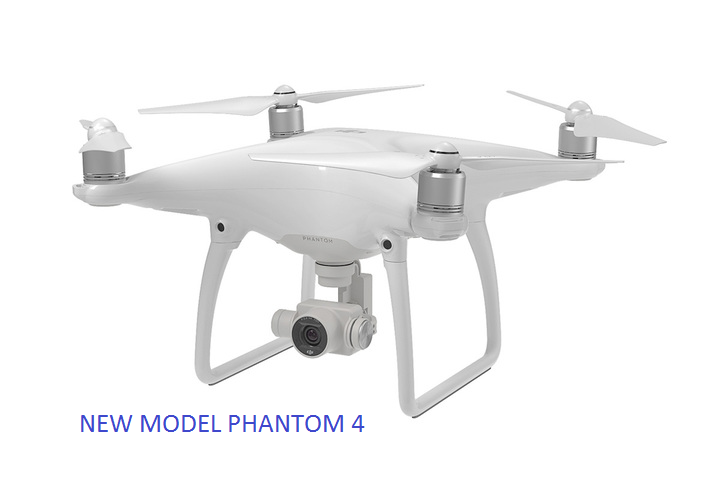Artificial intelligence computer vision
Artificial intelligence computer vision with machine learning are some of the concept that enable machines to operate autonomously.
Artificial intelligence and computer vision share other topics such as pattern recognition and learning techniques. Consequently, computer vision is sometimes seen as a part of the artificial intelligence field or the computer science field in general.
“The fields most closely related to computer vision are image processing, image analysis and machine vision. There is a significant overlap in the range of techniques and applications that these cover. This implies that the basic techniques that are used and developed in these fields are more or less identical, something which can be interpreted as there is only one field with different names. On the other hand, it appears to be necessary for research groups, scientific journals, conferences and companies to present or market themselves as belonging specifically to one of these fields and, hence, various characterizations which distinguish each of the fields from the others have been presented”.
https://en.wikipedia.org/wiki/Computer_vision
Artificial intelligence computer vision systems

NEW Series from DJI named the Phantom 4.
New Unmanned Aerial Vehicle Drone by DJI in the Phantom series is the Phantom 4.
Phantom 4 Model looks at a first glance very similar to the previous Phantom models, by the apperance of the white color body.
The new phantom 4 does appear to have a more round body shape than the previous models. That may be telling that there was a need to create more space inside the drone due to the computer processor needed for the 5 cameras and sensors that the new model now has.
Onboard processor
There is a computer processor on board the new model phantom 4 to handle the computations of the 5 cameras.
There are 5 cameras on board, 2 cameras forward, 2 down and the one main camera.
The onboard processor is actually making decision independent of the pilot, by building a 3 dimensional image of the subject that the pilot instructs the computer processor to focus upon. It is also the first steps in computer vision; with the optical sensors the processor is able to build teh 3D image and to process an image. It is also machine learning, computer processor making decisions during the flight.
Processor for obstacle avoidance
The new model phantom 4 also uses the optical sensors for guidance so that it will avoid unwanted collisions.
The sensors will detect when there is an object in the path of the drone and it will make a decision and stop to avoid a collision. The processor will stop the drone from flying into an object even if the pilot is gunning it to go forward. The drone makes the decision not to proceed when there is an object detected by the sensors. There are options for the flight path, to go over and continue or to stop and wait for more instructions from the pilot. The sensor zone and the stopping distance during a flight before an object is said to be about 15 meters.
Thank you for visiting Best Camera Drone web site and reading up onthis article title Artificial intelligence computer vision.
Please do Visit the Best Camera Drone Face Book page and share you generous like there, and also share the this important information with your friends. Cheers!
So what is new about the new Phantom 4.
Here are some facts about the NEW Series of Phantom:
- Computer vision tracking. The computer processor builds a three dimensional image of the subject.
- It can follow a bike cycle and track it where ever it goes. It can also circle the subject, without any electronic device to home in top. Simply going from the computer vision it tracks the subject.
- More sensor cameras: 2 Forward facing optical sensors, also 2 downward optical sensors and the main forward camera build the 3 dimensional image.
- Increased flight time: 28 minutes of flying time.
- High speed racing: Sport s Mode that enables a tops speed of 45 mph/72 km.
- Computer vision guided follows the subject mode.
- Easiest Phantom to fly so far: Easiest drone to fly so far from DJI.
- New propeller attachment: Propellers don’t screw on they simply pop in and twist to secure.
- Onboard processor; Computer optical sensor processor that can build 3 dimensional images.
- A pause button on the transmitter: A pause button on the transmitter will put the drone flight in hover mode, until further instructions given by the pilot, or auto return to base.
Innovative High Technology is also valuable. With a $1400 price tag. I hope you enjoy a life with a healthy budget with siufficient funds for fun times and recreational needs for innovative and creative tools and toys.


